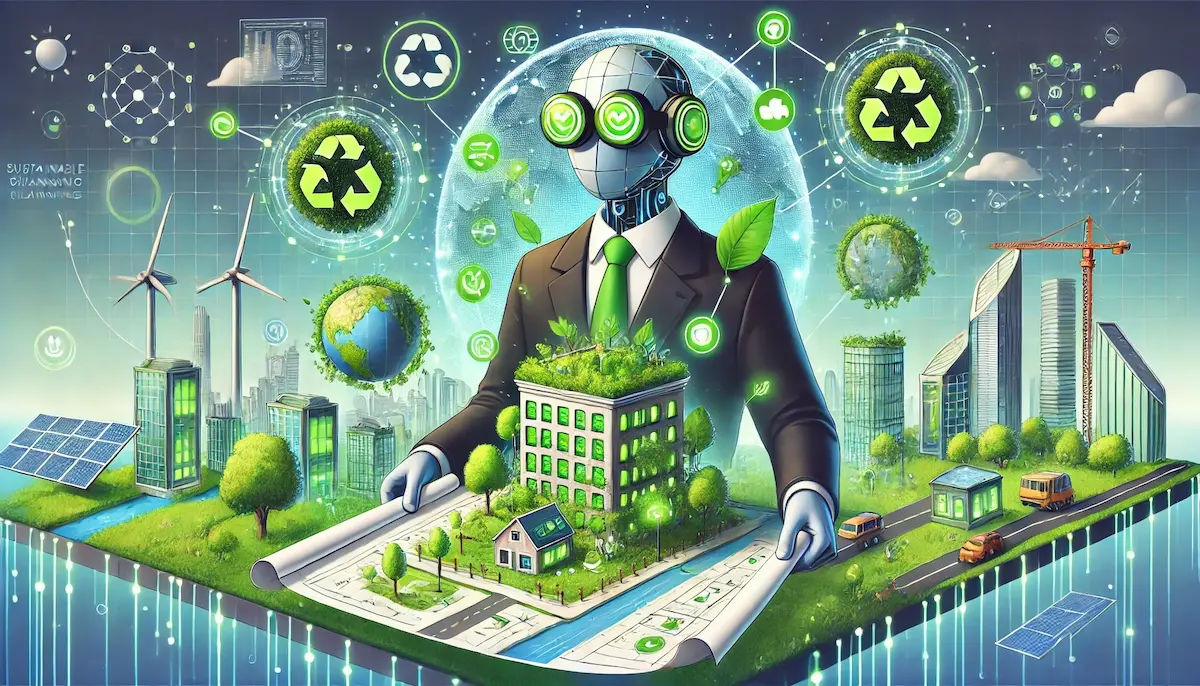Sustainable urban planning is the practice of designing and managing urban spaces in ways that promote environmental sustainability, economic stability, and social equity. This approach aims to create livable, resilient, and healthy communities by balancing development needs with the preservation of natural resources and environmental quality.
What is Sustainable Urban Planning?
Sustainable urban planning involves integrating principles of sustainability into the planning and development of urban areas. This includes strategies for reducing environmental impact, enhancing the quality of life for residents, and ensuring that growth is managed in a way that meets present and future needs. Key aspects include land use planning, transportation systems, energy efficiency, green spaces, and community involvement.
Key Principles of Sustainable Urban Planning
Mixed-Use Development
Mixed-use development promotes the combination of residential, commercial, and recreational spaces within close proximity. This reduces the need for long commutes, encourages walking and cycling, and fosters vibrant, dynamic neighborhoods.
Efficient Land Use
Efficient land use involves optimizing the use of available land to prevent urban sprawl and preserve natural landscapes. This includes promoting higher-density development, redeveloping brownfield sites, and protecting green belts and agricultural land.
Sustainable Transportation
Sustainable urban planning prioritizes transportation systems that reduce reliance on private vehicles and lower greenhouse gas emissions. Key strategies include:
- Public Transit: Developing efficient, reliable, and accessible public transportation networks such as buses, trams, and trains.
- Cycling and Walking: Creating safe and extensive networks of bike lanes and pedestrian pathways to encourage non-motorized transportation.
- Transit-Oriented Development (TOD): Planning residential and commercial areas around transit hubs to make public transport convenient and attractive.
Green Building and Energy Efficiency
Incorporating green building practices and energy-efficient technologies into urban planning helps reduce energy consumption and environmental impact. This includes:
- Green Buildings: Promoting the construction of energy-efficient buildings that use sustainable materials and technologies.
- Renewable Energy: Integrating renewable energy sources, such as solar panels and wind turbines, into urban infrastructure.
- Energy-Efficient Infrastructure: Designing public lighting, heating, and cooling systems to be energy-efficient.
Green Spaces and Biodiversity
Integrating green spaces into urban areas enhances environmental quality and residents’ well-being. This involves:
- Parks and Gardens: Creating and maintaining public parks, gardens, and recreational areas.
- Urban Forestry: Planting and preserving trees within cities to improve air quality, reduce urban heat islands, and provide habitat for wildlife.
- Biodiversity Corridors: Establishing green corridors to connect different habitats and support biodiversity within urban environments.
Water Management
Sustainable urban planning includes strategies for efficient water use and management to ensure a reliable water supply and protect water quality. This includes:
- Rainwater Harvesting: Collecting and storing rainwater for non-potable uses such as irrigation and flushing toilets.
- Green Infrastructure: Implementing green roofs, permeable pavements, and bioswales to manage stormwater and reduce runoff.
- Water Conservation: Promoting water-efficient appliances and fixtures, and encouraging water-saving practices.
Community Involvement
Engaging the community in the planning process ensures that urban development meets the needs and values of residents. This includes:
- Public Participation: Involving residents in decision-making through public consultations, workshops, and surveys.
- Community-Led Initiatives: Supporting grassroots projects and local initiatives that promote sustainability and community well-being.
- Equitable Development: Ensuring that all community members, including marginalized and vulnerable groups, benefit from sustainable urban development.
Benefits of Sustainable Urban Planning
Environmental Protection
Sustainable urban planning reduces environmental degradation by promoting efficient land use, protecting natural habitats, and reducing pollution. This helps preserve biodiversity, improve air and water quality, and mitigate climate change.
Economic Stability
Efficient resource use, reduced energy costs, and improved public transportation contribute to economic stability. Sustainable urban planning can attract investment, create jobs, and enhance the economic resilience of communities.
Improved Quality of Life
Access to green spaces, efficient public transportation, and energy-efficient buildings improves the quality of life for urban residents. Sustainable urban planning promotes healthier lifestyles, reduces commuting stress, and enhances social cohesion.
Climate Resilience
Sustainable urban planning helps cities adapt to and mitigate the impacts of climate change. Strategies such as green infrastructure, energy efficiency, and sustainable water management increase the resilience of urban areas to extreme weather events and other climate-related challenges.
Challenges and Future Outlook
Despite its benefits, sustainable urban planning faces challenges such as financial constraints, political resistance, and the complexity of integrating diverse interests and stakeholders. Additionally, rapid urbanization and population growth can strain resources and infrastructure.
However, the future of sustainable urban planning is promising, with increasing awareness of environmental issues and advancements in technology driving innovation. Key trends include:
- Smart Cities: Utilizing digital technologies, data analytics, and IoT to improve urban management, enhance sustainability, and provide better services to residents.
- Circular Economy: Implementing circular economy principles to reduce waste, promote recycling, and create sustainable urban systems.
- Resilient Infrastructure: Designing infrastructure that can withstand climate impacts and ensure the continued provision of essential services.
- Inclusive Planning: Ensuring that all voices are heard in the planning process and that benefits are distributed equitably across communities.
As the world becomes more urbanized, sustainable urban planning will play a critical role in shaping cities that are environmentally sustainable, economically viable, and socially equitable.
Blockfine thanks you for reading and hopes you found this article helpful.
